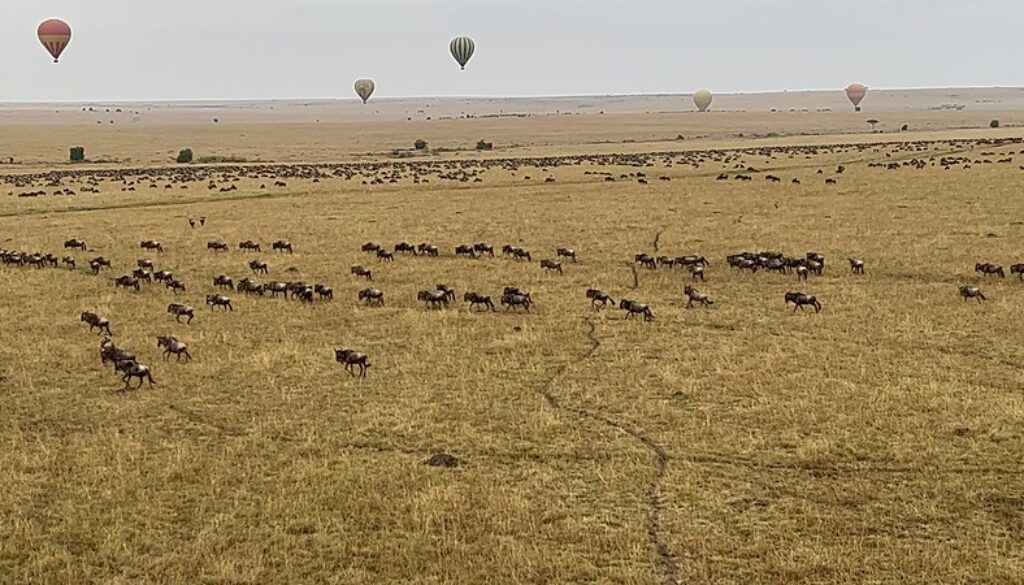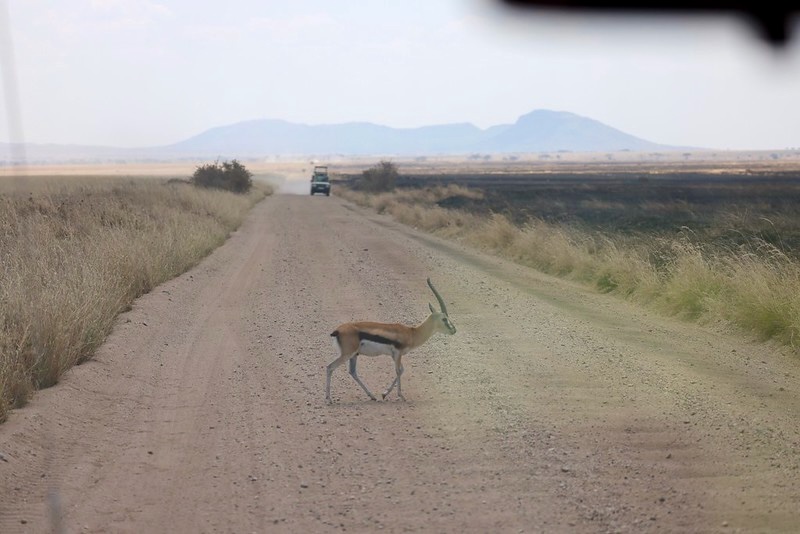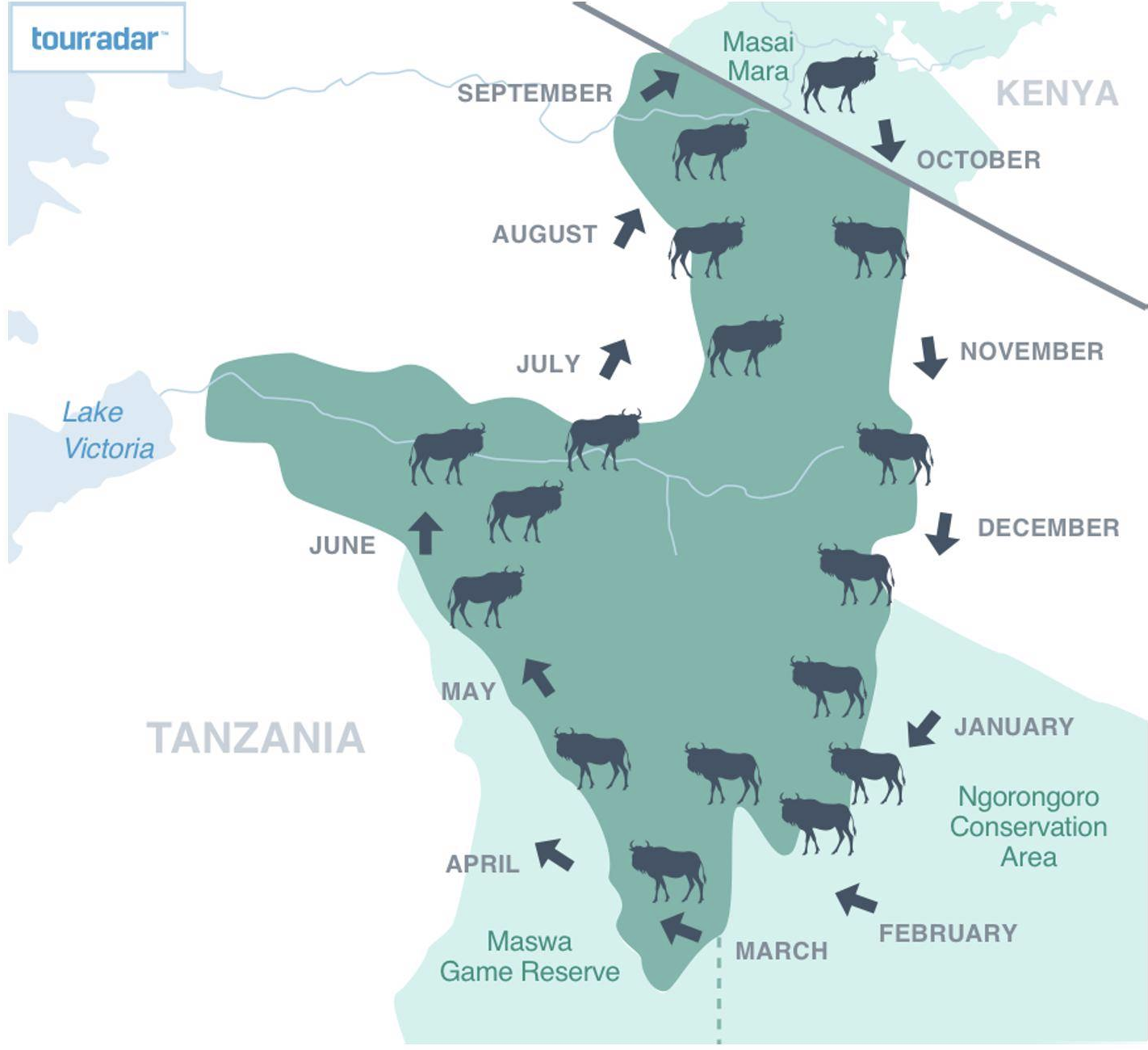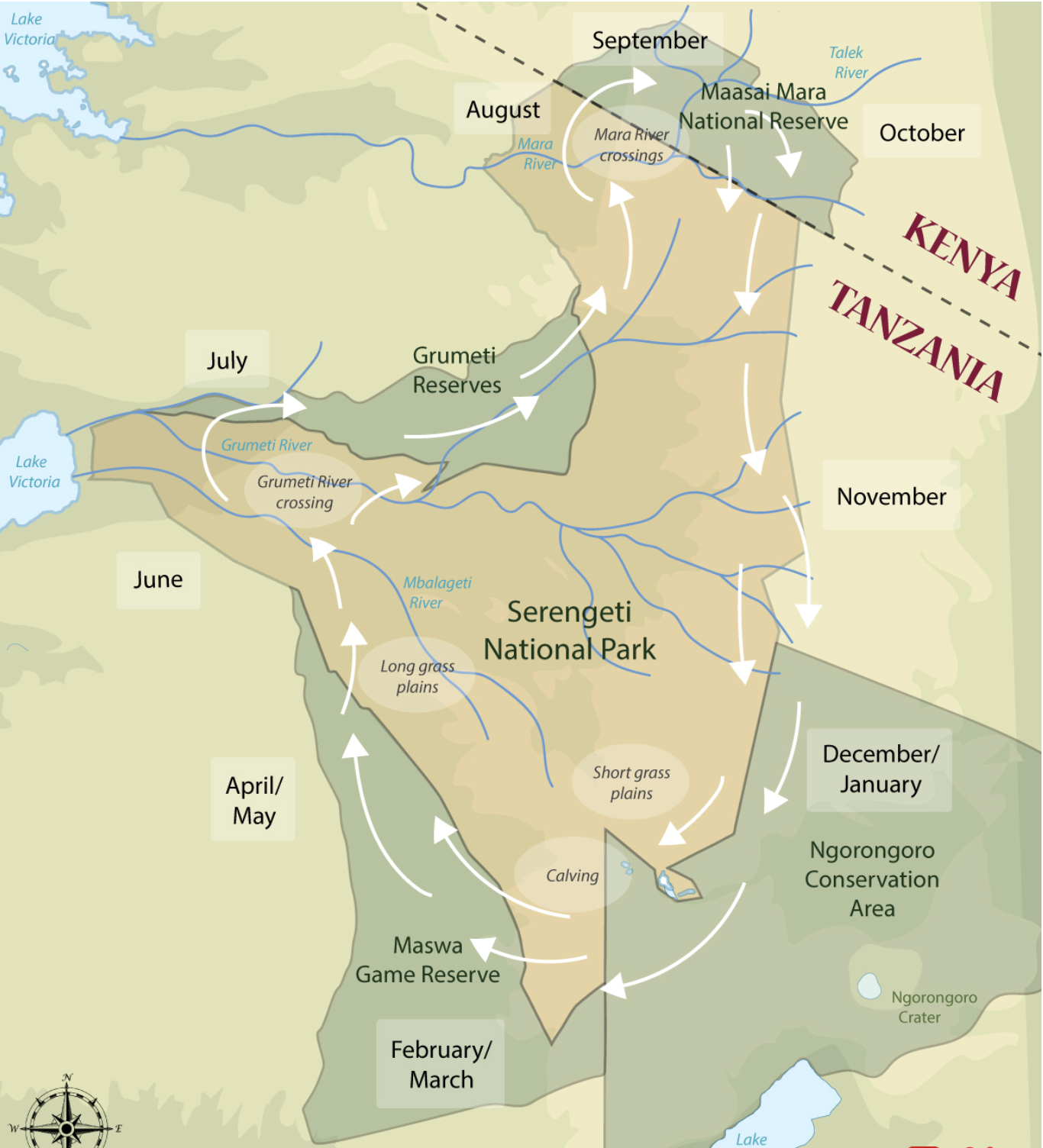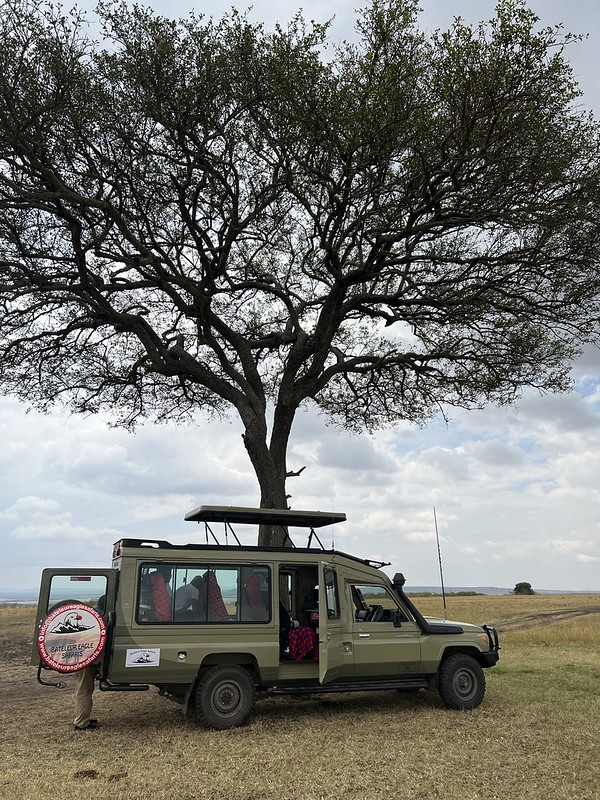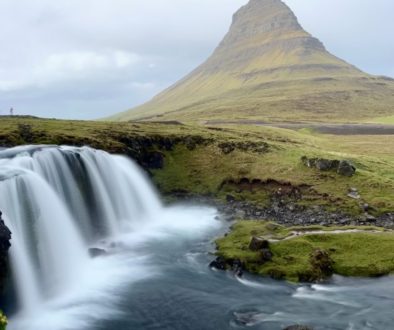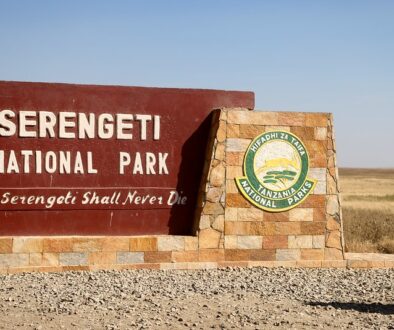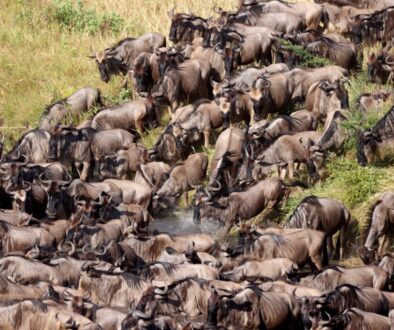East Africa – Kenya and Tanzania
East Africa, There are multiple countries together are called East Africa. Some of them are Burundi, Comoros, Djibouti, Ethiopia, Eritrea, Kenya, Rwanda, Seychelles, Somalia, South Sudan, Sudan, Tanzania, and Uganda. We decided to go to Kenya and Tanzania in this trip.
East Africa is famous for its diverse wildlife and is home to some of the most iconic national parks and game reserves in the world, including the Serengeti National Park in Tanzania and the Maasai Mara National Reserve in Kenya.
East Africa is known for its varied geography, including the Great Rift Valley, vast savannas, highlands, and the Great Lakes region, which includes Lake Victoria, Lake Tanganyika, and Lake Malawi.
Swahili is a widely spoken language in the coastal areas.
From childhood many of us has a dream to visit Africa because of wild life. First thing gets to mind “The Lion King” Circle of life.
Booking the trip
I started planning my trip with what I want to do and where all I want to go. Then started getting quotes from different travel agents. There 4 tiers of companies/Agents.
1. US based companies, which arrange private tours. My top reference is Monograms/Globus. About $8K US dollars per person.
2. There are many UK based companies doing Africa tours. Like African Mecca, Yellow Zebra Safaris etc., Quoted around 10K US dollars per person. These tours tell that the personalized safaris with local guides etc.,
3. Local companies . Get some recommendations . Companies like Bateleur Eagle Safaris, AJ Kenya Safaris, Africa Keys, Memphis tours and Discover Safari Tours etc., Around $5K to $6K based US dollars per person.
4. Book yourself individual hotels and tours.
Few things we considered while picking the agent.
1. Many travel companies don’t have companies in Kenya and Tanzania together. If the company is in Kenya, they partner with another agent in Tanzania.
2. Communication during booking process. how they interacting and responding.
3. Giving flexibility.
4. Recommendations.
We went with “Bateleur Eagle Safaris” and Mathew from that company was very responsive and worked for us.
Kenya
- Maasai Mara National Reserve
- Amboseli Game Reserve
- Lake Naivasha
Tanzania
- Serengeti National Park
- Ngorongoro Conservation Area
- Mount Kilimanjaro
- Lake Manyara National Park
- Arusha
Our Trip Itinerary
Here is our high level plan
Day 1 : Arrive in Arusha, Kilimanjaro Airport
Day 2 : A Day Hike to Mandara Hut (8,860′) , Mount Kilimanjaro
Day 3 : Lake Manyara National Park and to Ngorongoro Farm House
Day 4 : Ngorongoro Conservation Area
Day 5 : Nothern Serengeti, Ole Serai Luxury Camp-Kogatende
Day 6 : Serengeti National Park
Day 7 : Flight from Serengati to Arusha and drive to Amboseli National Park
Day 8 : Amboseli National Park
Day 9 : Flight from Amboseli to Nairobi and drive to Lake Naivasha
Day 10 : Lake Naivasha to Mara
Day 11 : Masai Mara Game Reserve
Day 12 : Masai Mara Game Reserve
Day 13 : Mara to Nairobi Flight -> to Home
Game Drives/Safaris
What is a Game or Game Drive?
You will keep hearing Game or Game Drive during your planning. Actually Game is nothing but Tourists will go and look for animals in their natural habitats for observation and photography. Also, there is no guarantee that you will see some of the animals in Game Drives. You will always have fun regardless of Win or lose in Game. Similar concept here.
Apart from Big Five (lion, elephant, buffalo, leopard, and rhinoceros), popular game species include giraffes, zebras, cheetahs, hippos, wildebeests, and various species of antelope.
What is Safari?
Safaris offer visitors the opportunity to observe these animals in their natural habitats, often from the safety and comfort of safari vehicles accompanied by knowledgeable guides. Seeing these magnificent creatures up close and witnessing their behaviors in the wild is a highlight of many safari experiences.
What is difference between National park , Game Reserve and Conservancies?
One major difference between these spaces is that the parks are owned and maintained by their respective national service while conservancies are owned and managed by the indigenous people of the area. Often the Maasai people.
National Parks: National parks are large, publicly-owned protected areas that usually cover vast distances. Due to their large size, national parks are home to a much larger number of wildlife and offer much more variety in terms of landscapes than a game reserve or conservancy would.
Game Reserve: Game reserves are privately owned pieces of land which may also be maintained by governments or communities and aim to sustain large populations of wild animals. Game reserves function independently, because of this you’ll have the freedom to take advantage of more unusual activities and experiences. You’ll be able to head out at night to explore the reserve, explore the area on foot with a qualified guide or ride through the region on horseback.
Conservancies: Conservancies are pieces of land that are owned and then leased from local communities. They are located adjacent to national parks which means the wildlife-viewing opportunities are very similar to what you’d find in national parks. What makes a safari in a conservancy so special is the privacy and intimacy they offer. Conservancies only allow permitted vehicles that belong to the conservancy on safaris. They also restrict the number of vehicles (and tourists) allowed in an area at a time which generally means that when you get a sighting, you have it all to yourself.
Can I go for a night game drives?
National parks doesn’t allow night safaris, but some of the private reserves allow the night game drives. The typical timing is from 7pm to 9pm. Stay in some Conservancy to experience the night Game drives.
Accommodations
What kind of accommodations are in National parks?
If you are staying in the middle of National parks, there are different kinds of accommodations. Lodges, Tented Camps, Campsites, and Luxury Camps.
Luxurious Tents with private baths and Chef cooked food, small tents and shared showers, Lodges and etc.,
How do you pick the accommodations?
Depends on your budget and how close you want to stay to the animals.
What is Full board means?
Most of the lodges and camps provide full broad during your stay. Which means all Breakfast, Lunch and Dinner is covered.
Where do I stay in the National Park?
Roads and Drive
How is the roads in Serengeti National Park?
Serengeti Highway is a unpaved road with bumpy ride. Prepare for a bumpy ride and go slowly. All safari vehicles are 4 x 4 vehicles and there is full of dust raising. Government is intentionally not developing the roads to controls the traffic of safari vehicles and not disturb the animals.
These dusty trails lead adventurers on a journey through a realm where lions roam, elephants lumber, and wildebeests thunder across the plains. With every bump and turn, the Serengeti roads weave tales of wonder and excitement, beckoning explorers to embrace the wild heart of Africa.
This is a once in a life time experience to feel and and enjoy.
How is the road and drive in Kenya?
Except the road to Amboseli national park, rest of the roads to the main places are fine. Road to Amboseli national park drive was again through a unpaved roads.
Great Migration
When is the Great Migration?
Great Migration is where two million wildebeests, zebras, and antelopes traverse through plains. It involves the movement of millions of animals across the plains of East Africa in search of food, water, and breeding grounds. Migration happens between the Serengeti National Park in Tanzania and the Maasai Mara National Reserve in Kenya, and vice versa.
Each year around the same time, the circular great wildebeest migration begins in the Ngorongoro Conservation Area of the southern Serengeti in Tanzania and loops clockwise through the Serengeti National Park and north towards the Masai Mara reserve in Kenya
This migration is naturally caused, by the availability of grazing. The initial phase lasts from about January to March, when the calving season begins – a time when there is plenty of rain-ripened grass available for the 260,000 zebras that precede 1.7 million wildebeest and the following hundreds of thousands of other plains game, including around 470,000 gazelles
The migration typically follows a pattern: during the dry season, the herds gather in the southern Serengeti and Ngorongoro Conservation Area in Tanzania, where they graze on the nutrient-rich grasslands. As the rains approach, they begin their journey northward, crossing rivers and plains, facing predators and various obstacles along the way. Once they reach the lush grasslands of the Maasai Mara in Kenya, they stay until the dry season approaches again, and the cycle repeats.
The Great Migration is not only a remarkable display of wildlife in motion but also a vital aspect of the ecosystem, contributing to the health of the grasslands and sustaining a diverse array of predators and scavengers that depend on the migrating herds for survival. It’s an iconic spectacle that attracts travelers and wildlife enthusiasts from around the world.
While most of us think of the Great Migration occurs in Serengeti National Park and Maasai Mara, but it actually takes place in the following five protected areas:
Serengeti National Park (Tanzania)
Ngorongoro Conservation Area (Tanzania)
Loliondo Game Controlled Area (Tanzania)
Grumeti Reserve (Tanzania)
Maasai Mara National reserve (Kenya)
Where the River Crossing Takes Place?
There are two major river crossings along the path of the Great Migration. They are the Grumeti River crossing in Tanzania and the Mara River crossing in Kenya. The Grumeti River is the first water obstacle that these bumbling herds will encounter on this journey. Here, large Nile crocodiles lie in wait as the herds are forced into the water in spite of the obvious threats. This predator activity is beyond anything you can imagine. It is a spectacular event to behold, but it is not as challenging as what they’re about to face when crossing the Mara River further north.
The Mara River is almost 400 km long and is deep, wide, craggy and treacherous. It is also home to Africa’s largest crocodile population as well as a robust population of hippos. As the herds clamor and struggle to cross the river to get to the greenery on the other side, these large Nile crocodiles and territorial hippos await, unfolding what is without a doubt one of the most dramatic and chaotic scenes in the animal history of the world. In many ways, this river crossing represents the climax of a long and arduous journey. The rivers are torrential, swollen with water and the two game reserves are teeming with enough animals hungry for the flesh of the migrating beings.
* May and June — As the rainy season comes to a stop, the south and eastern plains of the Serengeti start to dry out,prompting some of the herds to move towards the Western Corridor and the Grumeti River, which they must cross as they head north towards the Masai Mara plains.
* July to October — By this time, the herds are congregating around the Mara River and crossing in large numbers.
What to Expect ?
The river crossing is not a single event so you can expect to see animals crossing the river throughout the dry season in large groups ranging from a few hundred to tens of thousands. When a particular herd arrives at the banks of the river, they usually search for a place to cross where the banks are not too steep. Naturally, they are hesitant to cross and it may take hours before they amass the courage to take that dreaded plunge.
During this time, tourists will be required to stay out of sight of the animals so as to not spook them with the sounds of their safari jeep engines, windshield reflections, and any other distractions.It is only when the wildebeests have begun to cross that the safari vehicles will surge forward so that visitors can score the best viewing spot the greatest animal migration in Africa along the river bank.
Where is the best place to see the Great Migration?
Herd Tracker – “https://www.discoverafrica.com/herdtracker/”
Search for “Wildebeest migration tracker today” and there are lot of posts that says where is sighting and where to stay.
Time of the Travel : July, 2022
